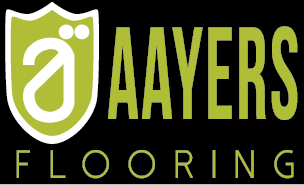Quality & Structure

Solid Hardwood floors
Solid hardwood floors features
•Can be sanded and refinished.
•Ongrade or above grade installation. Do not install below grade.
•Solid hardwood floors are more prone to shrinking or expanding based on humidity levels.
•Solid hardwood flooring can be glued, nailed or stapled to a wood subfloor. These types of installations are best left to the pros, since they can challenge even experienced DIYers.
•Solid hardwood flooring DIY installation is more challenging.
•Whoever installs your solid hardwood floors must have enough experience to leave the right amount of space for hardwoods natural expansion and contraction.
•The installed individual boards can not be too tight or too loose. If they are too tight your floor will buckle. If it is too loose the gaps between the boards will get too wide in the winter.
Engineered Hardwood

Engineered hardwood floors features
Engineered floors have enhanced stability, which provides more resistance to everyday wear- and-tear and also to buckling or rippling
Engineered hardwood is more resistant to moisture and heat fluctuations compared to solid hardwood floors.
Engineered wood floors can be either glued, stapled or nailed to subfloors for added stability.
Versatile, they can be installed over all grades (below, on or above).
They can also be installed as floating floor method, in which the boards attach to each other and “float” above the subfloor, with a suitable underlayment, to increase noise absorption, moisture resistance and overall comfort.
Engineered hardwood flooring is an easier and faster DIY installation.








